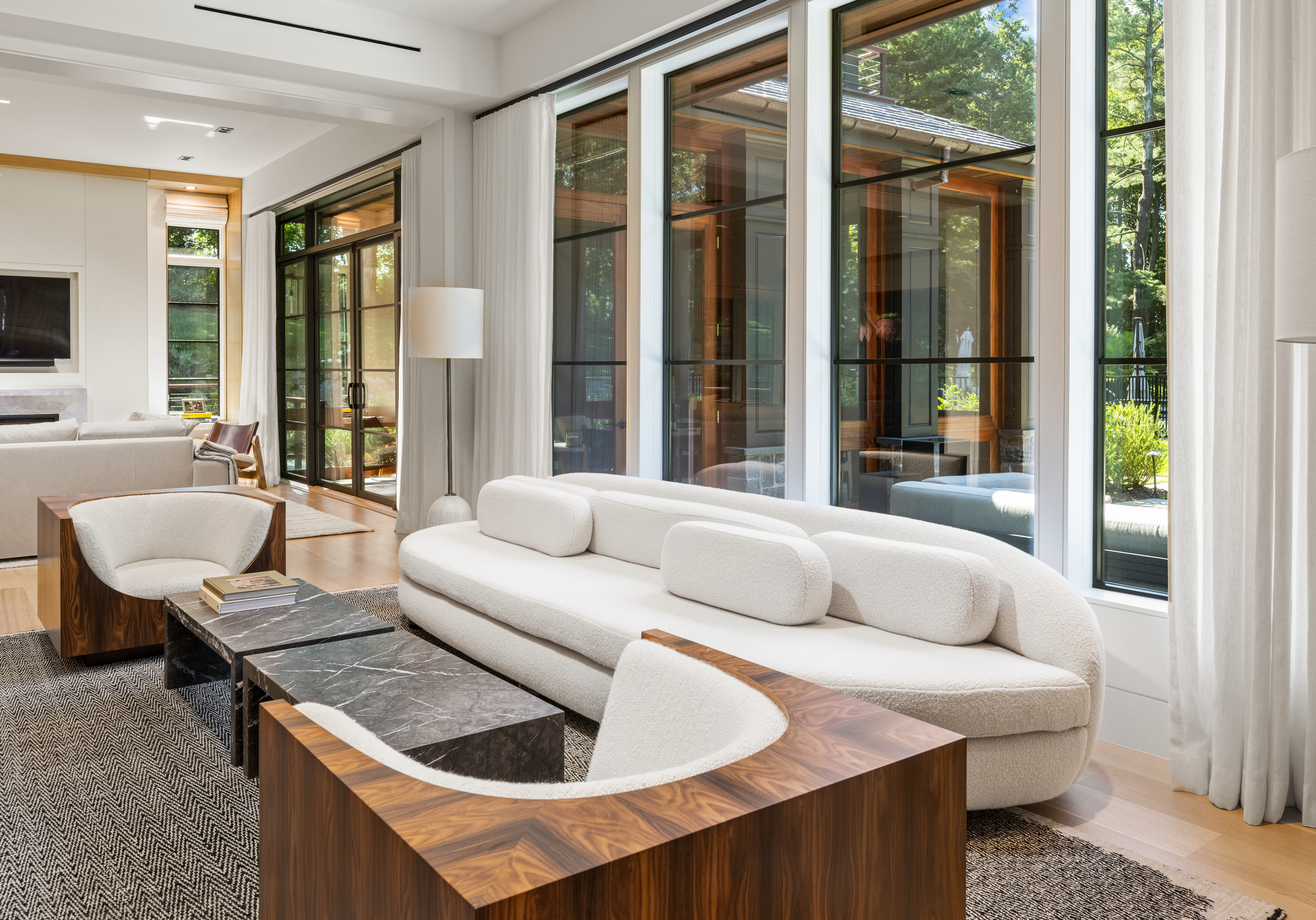
What Is Architectural Lighting Design?
In architecture and interior design, light is not just an element; it’s a transformative force. It has the power to shape perceptions, influence emotions, and dictate the functionality of spaces. Architectural lighting design stands at the connection of this transformative power, blending the technical with the aesthetic. But what exactly is architectural lighting design, and how does it redefine our spatial experiences?
To Mojo Stumer, architectural lighting design is the art and science of integrating light into the built environment. It’s not just about placing fixtures or choosing bulbs. It’s a holistic approach that considers how light interacts with spaces, materials, and most importantly, the people within those spaces. When we ask, “what is architectural lighting design?”, we’re exploring a discipline that seamlessly marries functionality with aesthetics, creating environments that are both practical and emotionally resonant.
Natural and Artificial Lighting Design In Architecture
Every architectural space has its unique dance with natural light. The way morning sunlight filters through a window, the play of afternoon shadows, and the golden hue of the setting sun are all integral to a room’s ambiance. However, the beauty of natural light is its unpredictability, which, while enchanting, can be limiting. This is where the expertise of architectural lighting design shines, integrating artificial lighting solutions that will enhance, mimic, or even contrast natural light, ensuring spaces are always seen in their best light.
Mojo Stumer’s Approach to Architectural Lighting Design
With a rich legacy in modern design, Mojo Stumer’s approach to lighting design in architecture is both innovative and deeply rooted in understanding spaces. In residential projects, such as the Englewood Cliffs House or Roslyn Residence, our firm’s design philosophy is evident. Spaces are designed to maximize natural light, with large windows, open layouts, and reflective surfaces. As the day transitions to night, artificial lighting takes the lead, maintaining the ambiance and adding layers of depth and warmth.
Mojo Stumer’s most recent project in Fort Pond is an extraordinary extension of our architectural lighting design work. The crisp white walls create an open and airy ambiance, while the innovative layout maximizes the infusion of natural light with large windows which draws light in from the front to the back of the home. The use of wood slats between the windows also creates unique shadows throughout the day as the sun moves, giving an additional aesthetic layer to the interior.
In commercial and corporate projects, like the ADRE Headquarters, the role of lighting design in architecture shifts. Here, the focus is on creating productive, efficient environments. Lighting is used to highlight branding elements, ensure workspaces are adequately illuminated, and create zones within larger spaces. It’s about functionality, but with the Mojo Stumer touch, ensuring even the most utilitarian spaces have a touch of elegance.
When our team starts a new project with a client requiring lighting to be taken into account, Mojo Stumer’s architects and interior designers will assess the existing or new space for natural lighting patterns. This allows our team to understand the additional lighting needs beyond what windows will require. From there, the team will work in tandem with one another to create the most seamless transition between natural lighting and artificial lighting in the given space. Mojo Stumer’s interior designers are experts in including unique artificial lighting that flows with the rest of the floorplan.
Modern Design and Its Intrinsic Bond with Lighting
Modern architectural trends lean towards open spaces, clean lines, and a minimalistic aesthetic. In such spaces, lighting design in architecture becomes a primary design element. It highlights architectural features, creates depth, and adds character. Shadows become design elements, and the interplay of light and dark can turn a minimalist space into a visual masterpiece.
Mojo Stumer’s projects, be it luxury homes or corporate interiors, are testaments to this philosophy. Every design choice, from the placement of windows to the selection of materials, is made with lighting in mind. Our team works with our clients to identify the desired lighting, merging natural and artificial light in a way that results in spaces that are not just illuminated but brought to life by light.
The Future of Lighting in Architecture
As architectural trends evolve, so will the role of lighting. With advancements in technology, we’re seeing the rise of smart lighting solutions, dynamic light fixtures that can change color and intensity, and a greater emphasis on sustainability. Architectural lighting design will play a pivotal role in integrating these innovations, ensuring spaces are technologically advanced, environmentally friendly, and aesthetically pleasing.
Conclusion: Illuminate Your Vision with Mojo Stumer
Light is not just a functional necessity; it’s a design tool, an emotional element, and a storyteller. Understanding its power and potential in an architectural project is a journey, one that can transform spaces and experiences.
Mojo Stumer stands at the forefront of this journey with a deep understanding of architectural lighting design’s nuances. Whether you’re building a new space, redesigning an existing one, or simply looking to understand the magic behind beautifully lit spaces, Mojo Stumer is your guiding light. We hope we answered the question of “What is architectural lighting design?” in this article, shedding light on our approach and process along the way.
Are you ready to embrace lighting design in architecture? Dive deep into the world of architectural brilliance with Mojo Stumer. Schedule a consultation with our team of architects and interior designers today, and we’ll illuminate your vision together.
